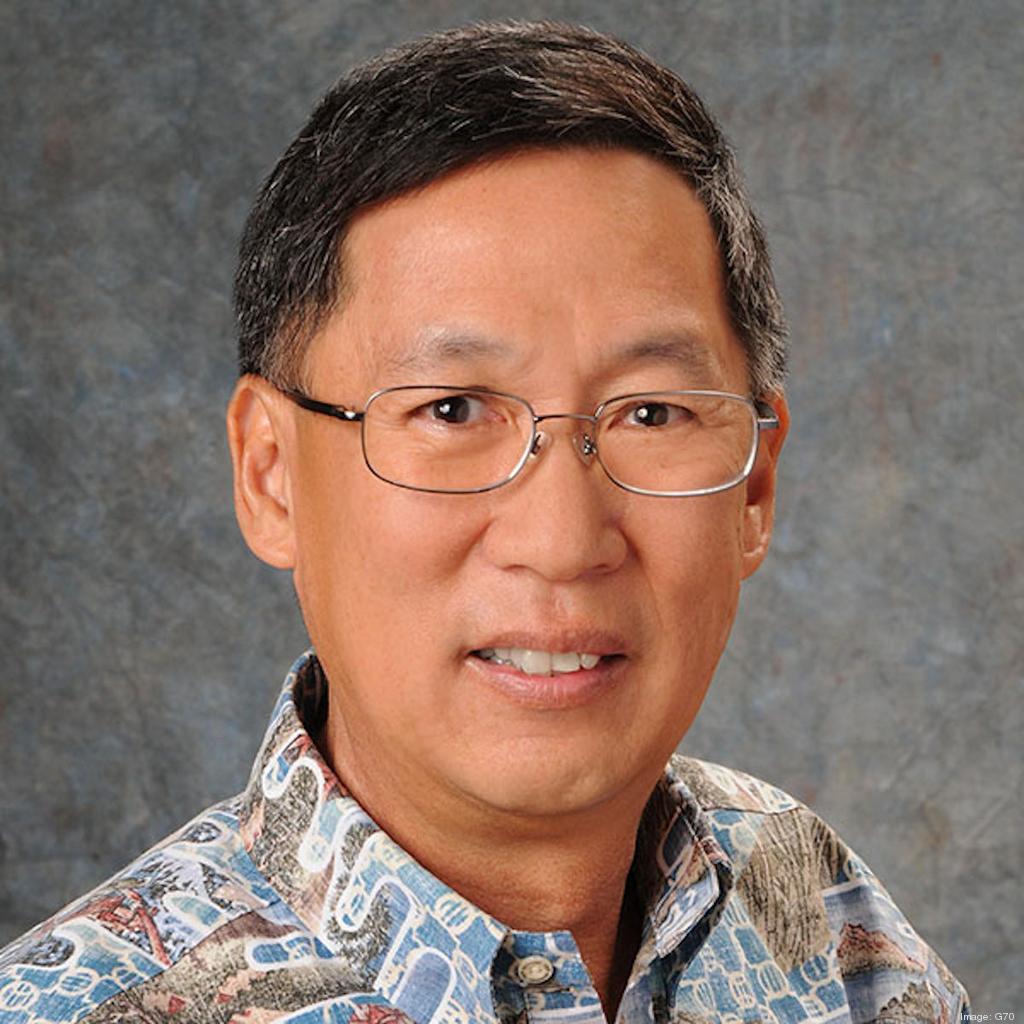Norman Hong has spent more than five decades at multidisciplinary design firm G70, starting with the company in 1971.
Last year, Hong, a principal at the firm, moved from his role as CEO to chairman.
“As chairman, my role is to guide the vision and policies as G70 moves into the next 50 years of our practice,” Hong told Pacific Business News.
Specific goals include growing the diversity of the firm’s projects and clients, which entails adopting new technologies, widening geographic reach and partnering with existing clients as they expand their businesses, he said.
PBN recently spoke to Hong about his career, how architecture has changed since 1971, the advice he would give to new architects and more.
What is the biggest lesson you’ve learned in your five decades at G70?
That G70 as a group of talented design professionals working together can have a significant positive impact in the community. The other big lesson, having gone through five major economic recessions, is that we will survive such tough times by hard work, commitment to each other, [and] knowing that we will get through tough times.
Over the course of your career, which project stands out the most — and why?
I have to mention three because they each represent a significant step in my career.
The first is the Old Vineyard Street Residents community that I worked on in 1972-73. It involved assisting an existing community of residents threatened with eviction by the state to find a solution to keep their community intact while providing improved housing. This helped to establish the early and continuing commitment of G70 for community outreach.
The second is the [University of Hawaii] Federal Credit Union building on King Street that was built in 1995-96. This was a new headquarters for the UHFCU on a very narrow, deep, and challenging property. This taught me to stretch our creative design abilities to arrive at a very innovative solution that exceeded the client’s expectations.
The third project is the Grand Waikikian at Hilton Hawaiian Village. This was our first high-rise resort building and set a new high bar of excellence for all timeshare projects worldwide. This taught me that we can have a significant impact here as well as nationally and internationally.
What do you like most about what you do?
I like that we can work closely with our clients and project teams to create special projects that add value to the clients and the community — and that we can have fun doing it. In addition, we have developed close friendships with most of our clients that go beyond just being clients.
Has that changed over the course of your career?
Not really, only that it’s much more challenging and complex to do such projects today.
What advice would you give someone just starting their career in architecture?
Be bold! Be glad that you’re in a very special profession! As Elmer Botsai, the former dean of the UH School of Architecture, cited, “Architecture is a God-given profession.” What other profession provides the opportunity to create places for enjoyment, safety, inspiration, joy, healing, and all the other positive experiences in life?
How has the work you do — and architecture in general — changed since starting with G70 in 1971?
Architecture today is much more challenging with many more regulations and complexities. In addition, technology and environmental sensitivity has had significant positive impacts on our profession and the built environment. When starting at G70 in 1971, we still used slide rules, parallel bars and triangles. Today, everything is done by computer, which has accelerated the design process significantly. Whereas in 1971, renderings were hand drawn, today’s renderings are done totally by computer resulting in images with great precision, accuracy and movement.
From your perspective, what are some of the biggest issues currently facing Hawaii and how is G70 working to address those issues?
Affordable housing and homelessness are two of the biggest issues facing Hawaii. G70 has been actively involved in organizations and projects that are helping to address these issues. An example is Puuhonua o Waianae Farm Village.
Other major issues facing Hawaii are environmental, social, and governance, or ESG, issues. These include sustainability and climate change. G70 is and has been involved for several years on projects addressing these issues, including some of the largest solar farm projects in the state. We have also been at the forefront of being involved in culturally sensitive planning and design directions.
What needs to be done to make Hawaii a better place for architects to do business?
Obviously one significant improvement is to streamline the permitting process, especially for projects that have significant economic, social and environmental benefits, such as affordable housing. This would benefit not just architects and their clients, but the community, as well.
